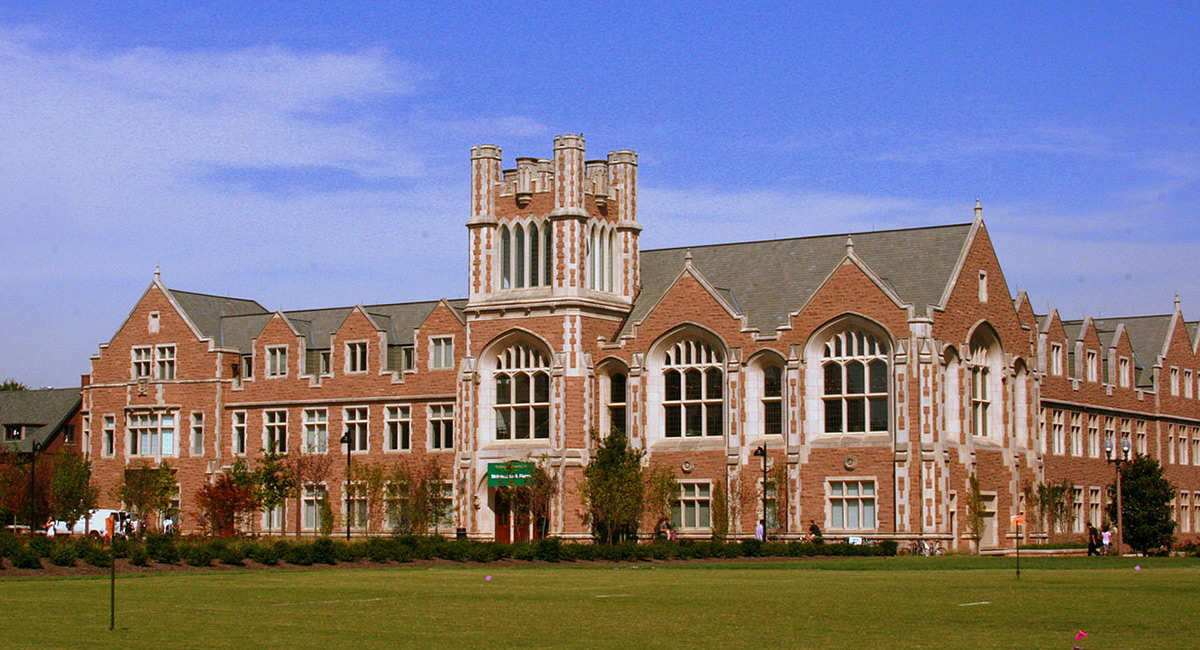I read media accounts of a truly astonishing 65% rate of return on investments in the endowment of Washington University in St. Louis in the 2020-2021 academic year. Markets were booming in that period; the Dow-Jones Industrial Average rose by about one-third. News reports suggest high return at many other schools, for example an extremely robust 49% at the University of Virginia.
I have been blessed with teaching or studying at five of the top 50 schools in the new rankings of the Wall Street Journal (including one school listed by Forbes, the Journal and U.S. News in their top 10). I think I have seen perceived academic excellence over the years, and indeed initiated college rankings for Forbes over a decade ago.
The best schools vary sometimes considerably between rankings—Forbes #1, University of California -Berkeley, is a so-so #36 in the Journal’s list. But one generalization holds: a large majority of the top schools in all three rankings are private institutions with large endowments. Take the Midwest. The top five schools based on an average of all these three major rankings are Northwestern, University of Chicago, University of Michigan, Washington U. in St. Louis and Notre Dame. Based on 2020 numbers, they also have the five largest endowments of all midwestern schools. Money seems to buy better students via bigger scholarships, more prestigious professors, etc.
Wash U’s endowment rose in the pandemic year 2020-21 from below $9 billion to above $15 billion. The school has about 15,000 students. If it spends just four percent of endowment principal annually for operations, last year’s gain should ultimately add about $240 million annually to Washington U’s spending capacity—about $16,000 for each of the roughly 15,000 students. Real money. (Full disclosure: Wash U is one of those five schools where I have taught or studied).
While “money matters—a lot,” it is also not true that “money alone matters” in terms of assessing quality. In 1988, there were eight public universities (generally less reliant on endowment income) in the top 25 on the US News national university list. Today, the number is four—the private schools have generally gained relative to public ones. And some of the public universities (probably most noticeably the University of Virginia) have limited enrollments but large endowments, acting much like private schools.
Five years ago my student and research aide at the Center for College Affordability and Productivity, Justin Strehle, and I analyzed the impact of endowments on universities. We hypothesized “surely the infusion of cash from endowments to fund instruction and faculty at higher levels and enhance research efforts should have a salutary impact on school reputation.” Running regression equations on this, we concluded “the results, while statistically significant, are not overwhelmingly strong.” In the case of a school like Wash U, generally now ranked highly, between 14 (US News) and 33 (Forbes) in the rankings, a big infusion of investment income might raise its rankings perhaps two or three places. That is particularly true this year, as competing top schools also likely had healthy endowment gains from an exuberant stock market and will be seeking the same star students and professors.
Therefore, Wash U Chancellor Andrew Martin’s assertion that the 65% return “is a game-changing moment for us as an institution,” may be a bit of an overstatement. The long run rate of return on investments is probably well below 10%, and markets fall as well as rise. Many investment valuations today are high by any historical norm, and frankly I see more national pessimism than optimism regarding the future, often a precursor of market decline or stagnation.
One thing I predict Wash U will not do (based on experience of other schools that Strehle and I have observed): drastically lower the price. My guess is the school could lower its sticker tuition price by $20,000 and easily fund it from increased endowment revenues, but doing so would be giving up some tuition dollars of affluent students that I doubt the school wants to do. Endowments usually do relatively little to make college cheaper and more egalitarian, but a lot to make the staff more comfortable and a bit more affluent. Let’s see what happens in St. Louis.













